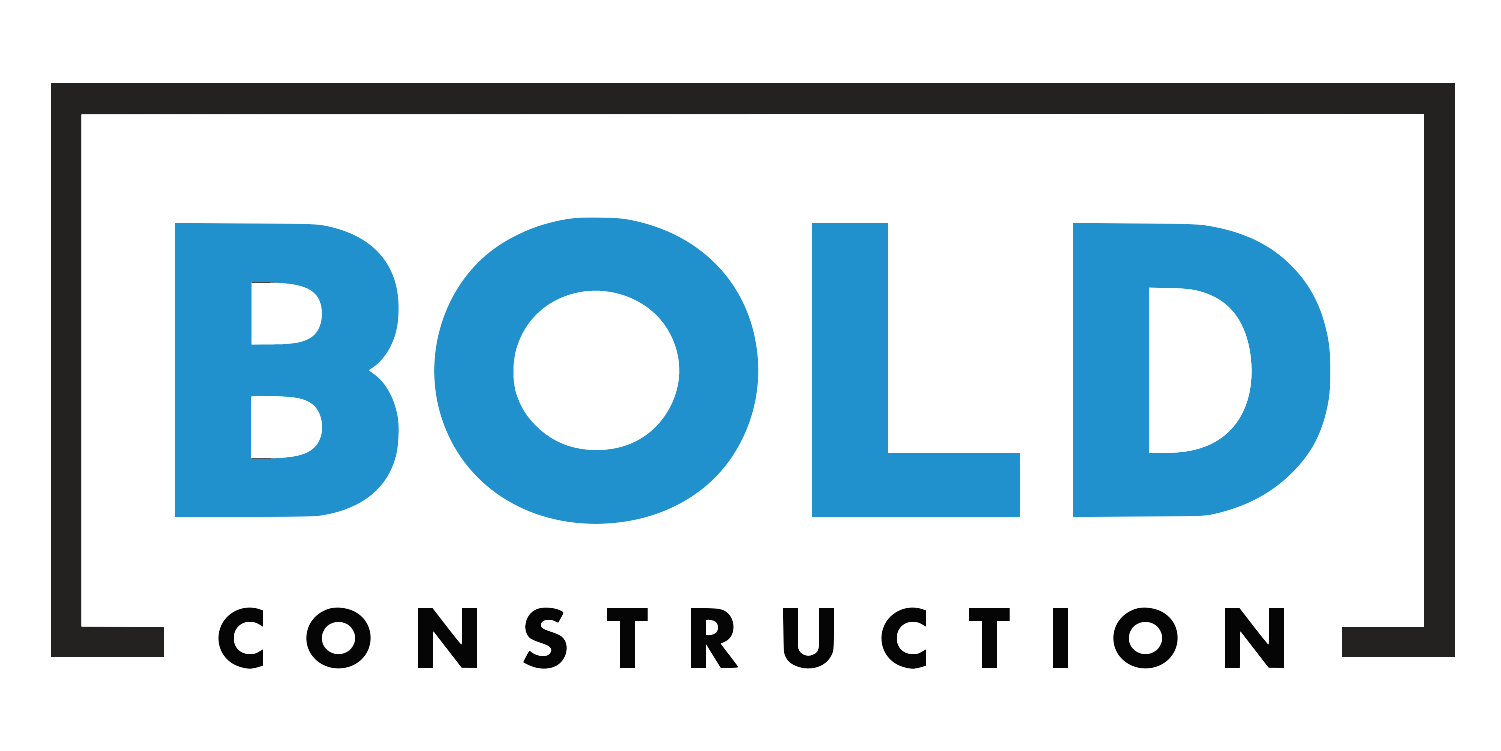The landscape of America is quite different from what it used to be. As major cities began to host more and more jobs, people flocked to them in droves. The natural reaction was to build up to house them all. This mixed-use development blends businesses and residences together, often in the same building. This kind of development is the norm in huge cities like NYC, San Francisco or Philadelphia.
In North Carolina and other mid-size states, things progressed a little differently. Our state’s heavy agricultural presence meant that city immigration was slower. As a result, our cities are more spread out. This spread means that suburbs often see single-use development in the form of office parks or strip malls.
Bold has participated in two mixed-use projects: Rosemary Village and Governors Village. We believe mixed-use development has many benefits that single-use development does not.
Less Urban Sprawl
Urban sprawl is characterized by low-density suburban development that encroaches on rural land. Things like the aforementioned strip malls and office parks are typically built low and wide, “sprawling” out over this previously untouched land.
North Carolina is a state with a significant amount of this, especially in the Triangle. While it brings convenience for residents, the beauty of rural areas is lost in the process. Existing rural landowners can see areas around their property lose the natural beauty that defines them.
Mixed-use development – while often in undeveloped land – builds up, rather than wide. This gives suburbanites the city conveniences they need while respecting the land around them.
Neighborhood Character
One of the biggest draws of the city is its history. Often, this history manifests in distinct neighborhoods, marked by their unique architectural styles, landmarks, or populations. Many of them use mixed-use buildings, with businesses on the bottom floor and residences or offices above. It’s a very particular feel synonymous with cities.
Mixed-use development can bring this uniqueness to suburban areas. Over time, the developments gain the same well-known local businesses, character, and flavor of those urban neighborhoods.
Health and Environment
Aside from its intangible benefits, mixed-use development can promote the health of people living in it. City-dwellers can walk much further each day than people who commute by car or train. This lifestyle includes exercise as a given, a built-in component of the daily grind. Mixed-use development promotes this with walkable suburban areas, compared to the automobile-dependent nature of single-use development.
This also means that the harmful effects of automobiles – namely traffic and pollution – are significantly lessened. In a state known for its beautiful landscapes, we think that’s particularly important!
